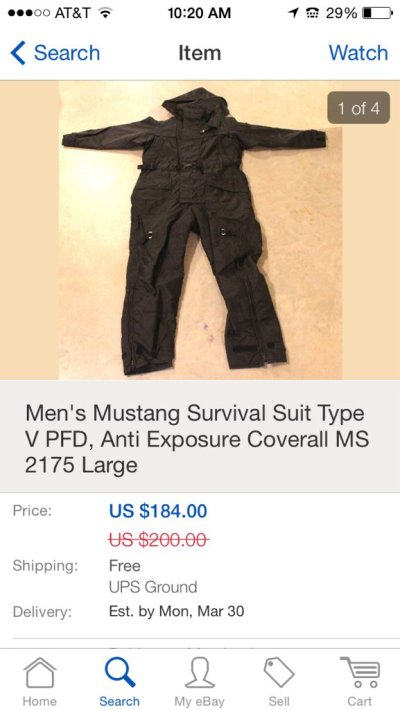I'm in the early stages of planning for a 4-5 month cruise that will take us around the coast of WA and up into Canadian waters. One of the things I'm looking at getting for this cruise is a life raft. In doing some research on 4-person rafts I find there is a huge difference in price, with some starting around $1500 and going up to over $7000. We'll be using it in cold water areas, so that's something to consider.
I'm looking at a raft with these specs:
near coastal specs
4 person
dual tube
automatic inflating cover
Does anyone have any experience with this type of raft? If you were to buy again, what would you consider "must have" features? What features would you consider "nice to have"?
Also, if I buy a new raft what is the market for selling it at the end of the cruise?
Thanks for any input you can supply.
I'm looking at a raft with these specs:
near coastal specs
4 person
dual tube
automatic inflating cover
Does anyone have any experience with this type of raft? If you were to buy again, what would you consider "must have" features? What features would you consider "nice to have"?
Also, if I buy a new raft what is the market for selling it at the end of the cruise?
Thanks for any input you can supply.



